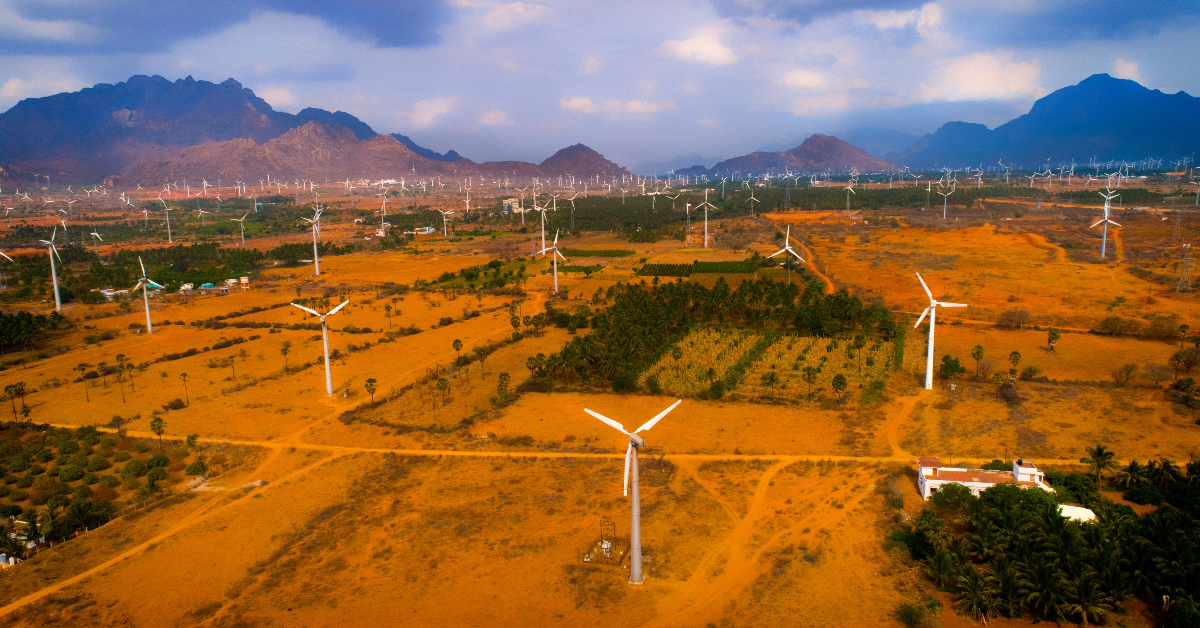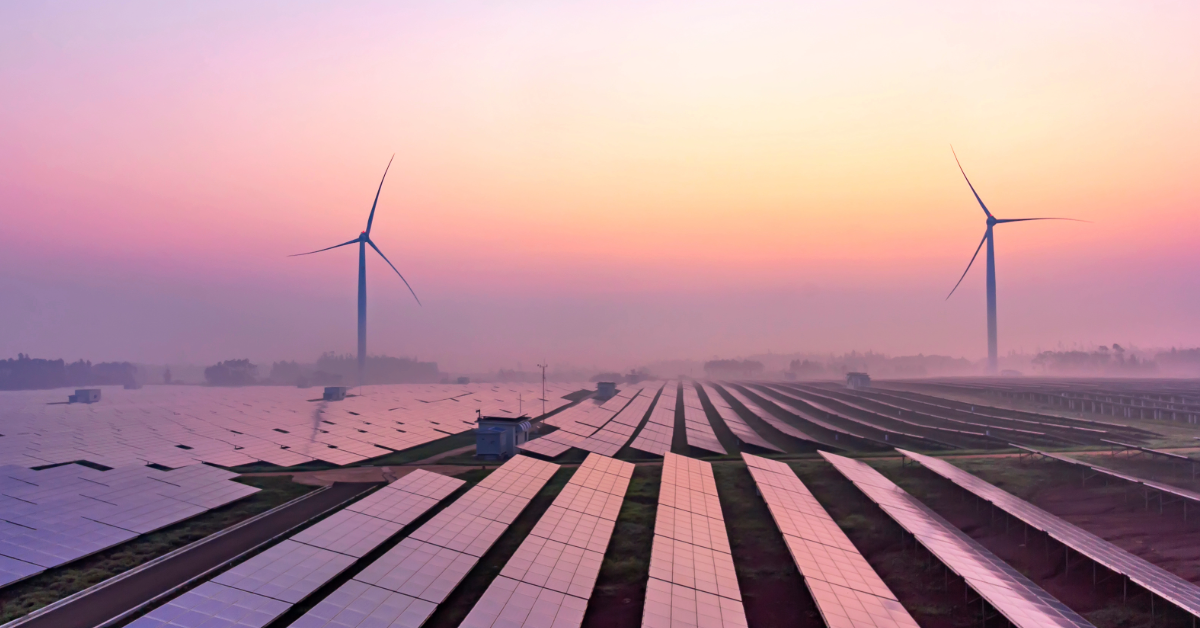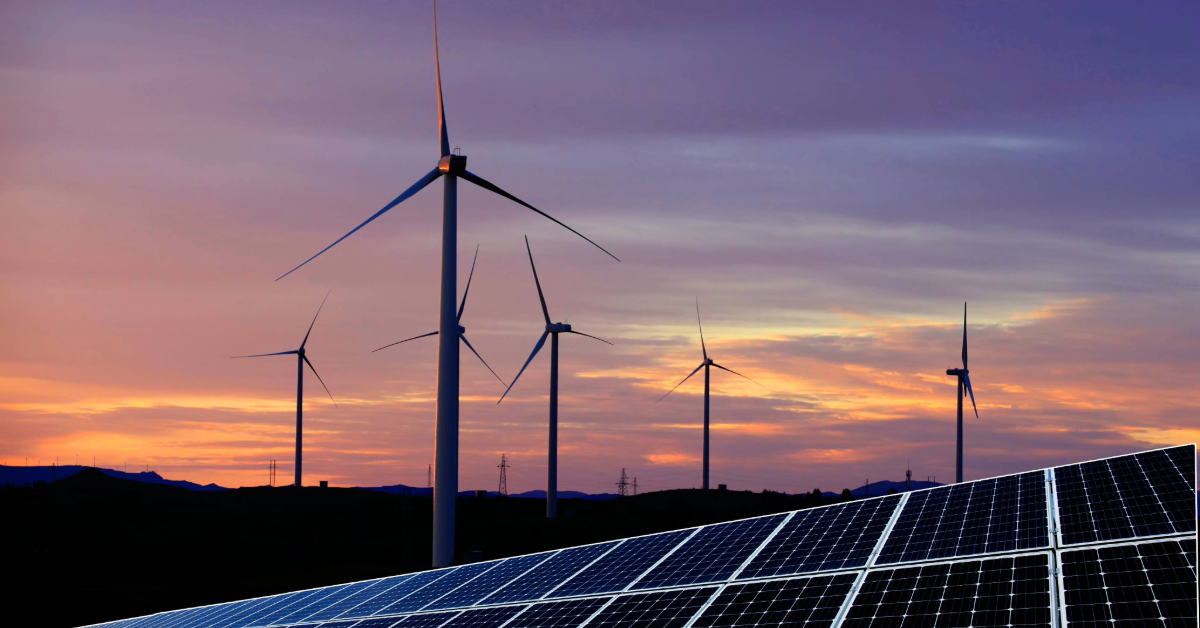Optimizing Round-the-Clock (RTC) Energy Supply with PLEXOS
Over the next two decades, India is expected to see the largest increase in energy demand of any country. To meet this growing demand, the government...


Wind and solar power have been driving the decarbonization of Europe’s electricity over the last decade. Increasing our reliance on weather-dependent resources makes it imperative that planning of electricity systems becomes cognizant of their long-term variability. Studies often neglect the long-term variability of these resources by using only data from a single or a few years or fail to account for the impacts of short-term international electricity flows and limitations on generator flexibility, which are critical to the integration of these variable generation sources.
This study uses a continental electricity system model and 30 years of hourly wind and solar data to determine the impact of long-term weather patterns on European electricity system operation and how this varies with decarbonization ambition. The results show that the variability of CO2 emissions and total generation costs for this interconnected electricity system could increase 5-fold by 2030 compared with 2015.
Weather-dependent renewable energy resources are playing a key role in decarbonizing electricity. There is a growing body of analysis on the impacts of wind and solar variability on power system operation. Existing studies tend to use a single or typical year of generation data, which overlooks the substantial year-to-year fluctuation in weather, or to only consider variation in the meteorological inputs, which overlooks the complex response of an interconnected power system. Here, we address these gaps by combining detailed continent-wide modeling of Europe’s future power system with 30 years of historical weather data. The most representative single years are 1989 and 2012, but using multiple years reveals a 5-fold increase in Europe’s inter-annual variability of CO2 emissions and total generation costs from 2015 to 2030. We also find that several metrics generalize to linear functions of variable renewable penetration: CO2 emissions, curtailment of renewables, wholesale prices, and total system costs.
Read the Full Article HereThe model depicts the European electricity dispatch under several levels of decarbonisation ambition based on 30 years of hourly resolution historic wind and solar profiles. The model is run for a 2015 backcast system and five official scenarios which define electricity demand, renewable energy penetration and the installed fleet of power stations in 2030. Together, these show how system operation changes with decarbonisation ambition and captures a broad range of potential decarbonisation pathways for Europe. The scenarios for the future European power system are based on the European Commission’s EU Reference Scenario and ENTSO-E’s four ‘Visions’ used to inform the ten-year network development plan.
Download the Model/Solution Files
Over the next two decades, India is expected to see the largest increase in energy demand of any country. To meet this growing demand, the government...

Originally published on Utility Dive on April14, 2025. Driven by increased data center demand and the electrification of transportation and home...

The International Renewable Energy Agency (IRENA) is an inter-governmental organization that was established in 2011 to promote the adoption and...